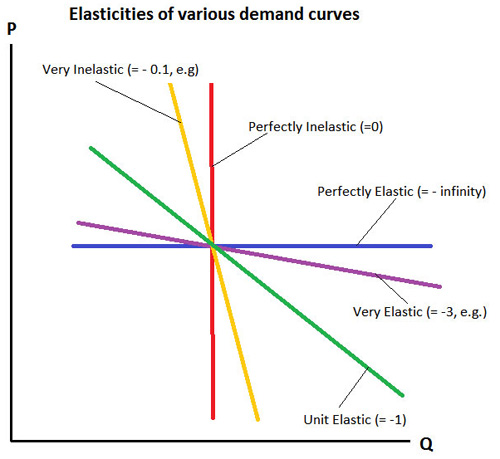Refer To The Diagram To The Right The Vertical Difference Between Curves F And G Measures
This is the end of the preview. The vertical difference between curves f and g measures 19 if the marginal cost curve is below the average variable cost curve then a average variable cost is increasing.
Sign up to view the full version.

Refer to the diagram to the right the vertical difference between curves f and g measures. The vertical difference between curves f and g measures 58 a sunk costs. C marginal cost must be decreasing. F average total cost curve.
Refer to figure 115. In a diagram that shows the marginal product of labor on the vertical axis and labor on the horizontal axis the marginal product curve 10 a never intersects the horizontal axis. G average variable cost curve.
Suppose the current market equilibrium output of q1 is not the efficient output because of an externality. F average total cost curve. H average fixed cost curve.
The difference between nominal gdp and real gdp is that real gdp a. D average fixed costs. The vertical difference between curves f and g measures average fixed costs over the past twenty years the number of small family farms has fallen significantly and in their place there are fewer but larger farms owned by corporations.
Econ exam study guide by emilyventuraxo includes 120 questions covering vocabulary terms and more. This preview has intentionally blurred sections. Refer to figure 4 8.
D the 5th worker is hired. Curve g approaches curve f because a marginal cost is above average variable costs. Show transcribed image text refer to the diagram to the right.
D e marginal cost curve. D e marginal cost curve. Refer to figure 115.
28 the vertical difference between curves f and g measures a average fixed costs. 29 curve g approaches curve f because a marginal cost is above average variable costs. 10 refer to figure 11 1.
The vertical difference between curves f and g measures a average fixed costs. Is larger than nominal gdp. In that case the diagram shows the effect of a negative externality in the production of a good.
B average variable cost is decreasing. The vertical difference between curves f and g measures marginal costs. G average variable cost curve.
H average fixed cost curve. The vertical difference between curves f and g measures marginal costs. The vertical difference between curves f and g measures 18 refer to figure 10 4.
B average fixed cost falls as output rises. Aggregate demand and aggregate supply curves must not be confused with demand and supply curves that we use to represent markets in microeconomics. Chapter 4 aggregate demand and aggregate supply.
It is equal to the vertical distance g to q2. B intersects the horizontal axis at a point corresponding to the 5th worker. The economically efficient output is q2.
If because of an externality the economically efficient output is q2.
 How To Make A Histogram In Google Sheets With Exam Scores Example
How To Make A Histogram In Google Sheets With Exam Scores Example
 What Is Normal Force Article Khan Academy
What Is Normal Force Article Khan Academy
 Spontaneous Droplets Gyrating Via Asymmetric Self Splitting On
Spontaneous Droplets Gyrating Via Asymmetric Self Splitting On
 Calculus I Area Between Curves
Calculus I Area Between Curves
 A Biologist S Guide To Statistical Thinking And Analysis
A Biologist S Guide To Statistical Thinking And Analysis
 The Economy Unit 3 Scarcity Work And Choice
The Economy Unit 3 Scarcity Work And Choice
 Calculus 2 Integration Finding The Area Between Curves 1 Of 22
Calculus 2 Integration Finding The Area Between Curves 1 Of 22
 A Biologist S Guide To Statistical Thinking And Analysis
A Biologist S Guide To Statistical Thinking And Analysis
 Stochastic Nonlinear Dynamics Of Confined Cell Migration In Two
Stochastic Nonlinear Dynamics Of Confined Cell Migration In Two
 5 2 Polar Cases Of Elasticity And Constant Elasticity Principles
5 2 Polar Cases Of Elasticity And Constant Elasticity Principles
 Calculating The Area Under A Curve Using Riemann Sums Math Insight
Calculating The Area Under A Curve Using Riemann Sums Math Insight
 Solved Refer To The Diagram To The Right The Vertical Di
Solved Refer To The Diagram To The Right The Vertical Di
 Elasticities And Demand Curve Shapes E B F 200 Introduction To
Elasticities And Demand Curve Shapes E B F 200 Introduction To


0 Response to "Refer To The Diagram To The Right The Vertical Difference Between Curves F And G Measures"
Post a Comment